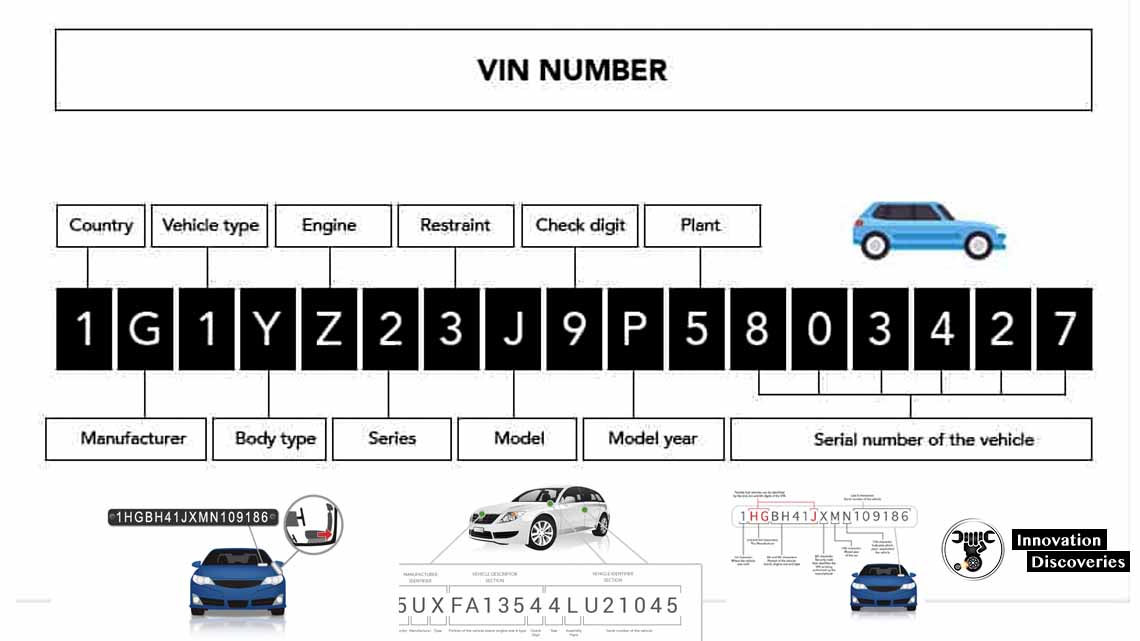
When it comes to identifying vehicles, the Vehicle Identification Number (VIN) plays a crucial role. A VIN is a unique code assigned to each vehicle, acting as its DNA or fingerprint. It holds vital information about the vehicle’s history, specifications, and origin. In this article, we will explore the significance of the VIN, what it represents, and where you can find it.
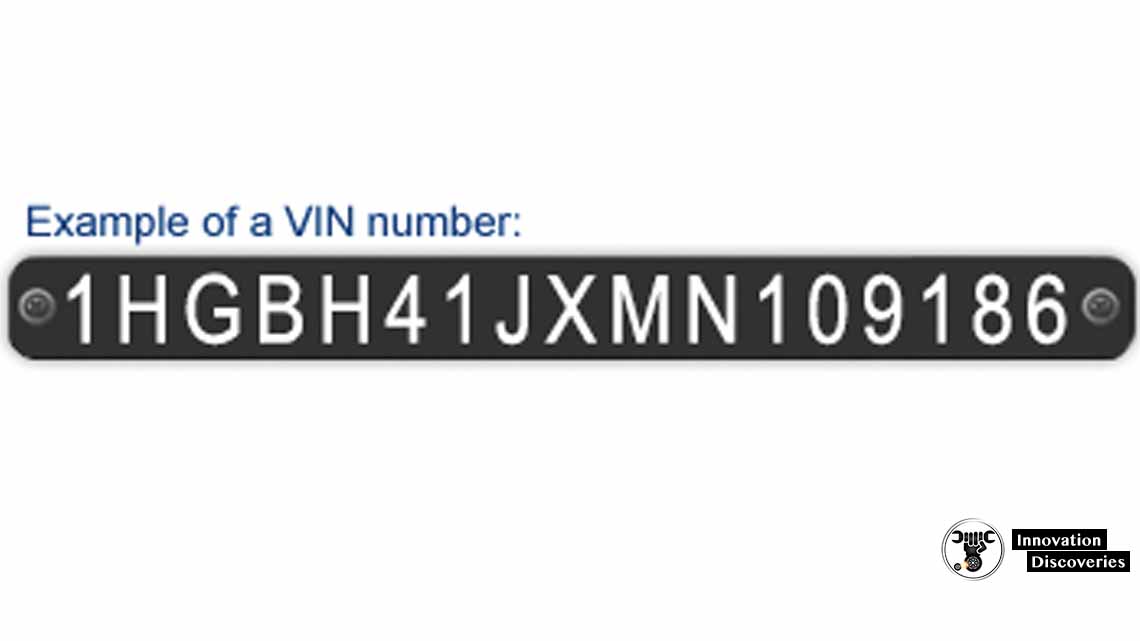
What if the VIN is not 17 characters long?
In most cases, a standard VIN consists of 17 alphanumeric characters. However, there are instances where a VIN may deviate from this format. In such cases, it is important to understand why the VIN might have a different length.
Certain vehicles manufactured before 1981 may have shorter VINs, and custom-built or specialty vehicles might also have unique VIN lengths. It’s essential to consult relevant authorities or experts to decode these non-standard VINs accurately.
VIN Decode Explained
Each character in a VIN carries specific information about the vehicle. Decoding a VIN allows you to extract valuable details regarding its manufacturer, model, year of production, and more. Here is a breakdown of what the numbers and letters in a VIN typically represent:
What do the numbers and letters in a VIN mean?
- World Manufacturer Identifier (WMI):
The first three characters of the VIN indicate the World Manufacturer Identifier. These characters provide information about the manufacturer and the country where the vehicle was produced.
- Vehicle Descriptor Section (VDS):
Characters four through nine of the VIN make up the VDS. This section provides information about the vehicle’s brand, engine type, body style, and other relevant details.
- Vehicle Identifier Section (VIS):
The remaining characters, 10 through 17, form the VIS. This section includes details like the vehicle’s model year, assembly plant, and unique serial number.
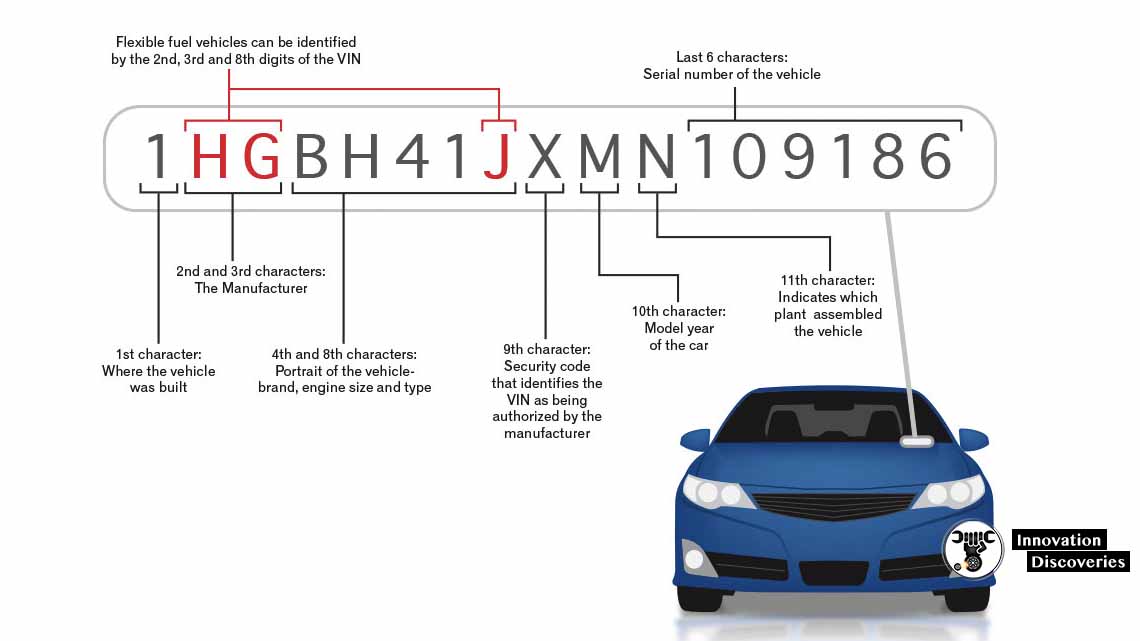
Where Can I Find the VIN?
The VIN can be found in several different locations on a vehicle, depending on the manufacturer and model. The most common places to find the VIN include:
Dashboard:
The VIN is often visible through the windshield on the driver’s side dashboard.
Door Frame:
Open the driver’s side door and look for a sticker on the door frame, which may display the VIN.
Engine Block:
The VIN might be engraved or stamped onto the engine block.
Vehicle Registration and Insurance Documents:
The VIN can also be found on the vehicle registration documents and insurance paperwork.
See the image below:

The Vehicle Identification Number (VIN) can be found in various locations depending on the type of vehicle. For most passenger cars, the VIN is typically located on the front of the dashboard on the driver’s side. To view it, simply look through the windshield from outside the car. Another common location is the driver’s side door pillar. Open the door and inspect the area near the door latch.
For motorcycles, the VIN is usually situated on the steering neck below the handlebars, although it can sometimes be found on the motor or the frame close to the motor.
In the case of semitrailers, the VIN is typically located on the front part of the semitrailer on the left side.
If you are unable to locate the VIN on the vehicle itself, you can also find it on your vehicle’s title or liability insurance documents. These documents usually contain the VIN for reference and identification purposes.
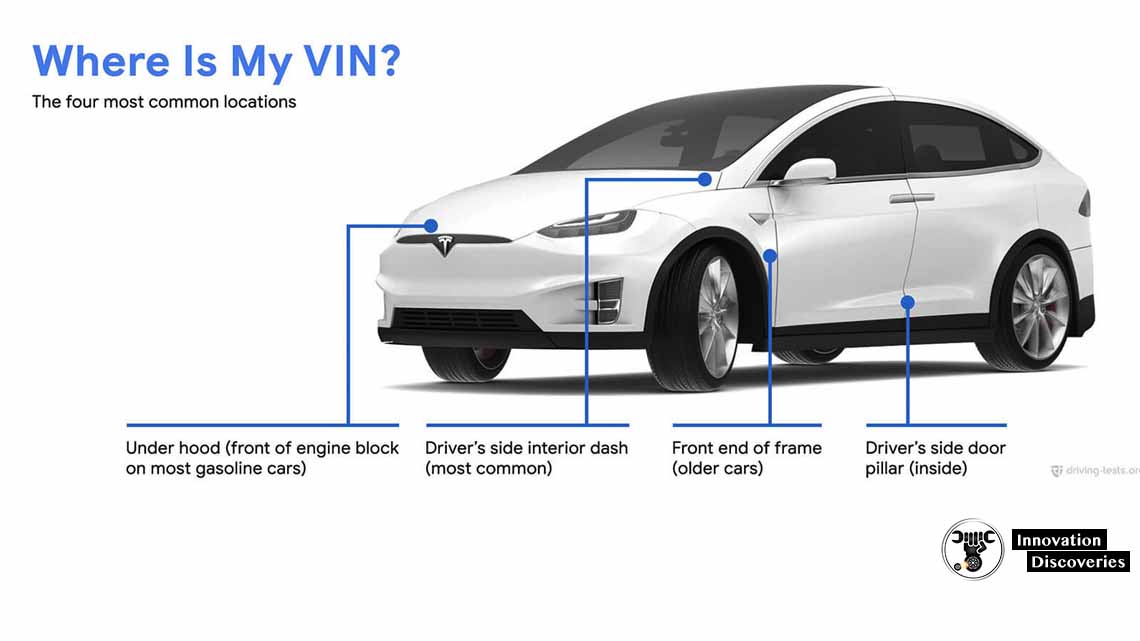
Look for the VIN in these other locations:
- Insurance card/Insurance policy
- Vehicle title and registration
How to Decode the Vehicle Identification Number
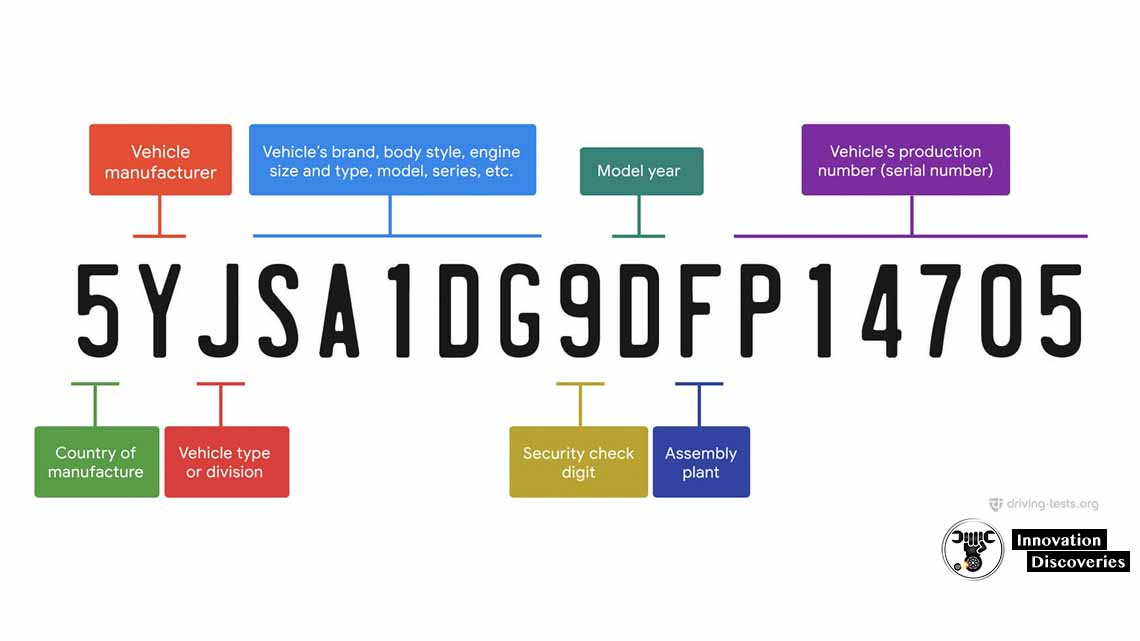
Why the VIN Is Important
The Vehicle Identification Number (VIN) holds significant importance for several reasons:
- Vehicle History: The VIN provides a wealth of information about a vehicle’s history. By decoding the VIN, you can access data such as past ownership records, accident history, maintenance and repair records, recalls, and more. This information allows potential buyers to make informed decisions and ensures transparency in the automotive market.
- Vehicle Identification: Each VIN is unique to a specific vehicle, acting as its distinctive identifier. This is crucial for law enforcement agencies, insurance companies, and automotive professionals to accurately track, identify, and verify vehicles. In cases of theft, fraud, or accidents, the VIN plays a key role in investigations and resolving disputes.
- Maintenance and Repairs: The VIN contains important details about a vehicle’s specifications, including the engine type, transmission, body style, and installed features. This information is valuable for mechanics, technicians, and auto repair shops as it aids in diagnosing issues, identifying compatible parts, and performing accurate repairs and maintenance.
- Vehicle Safety and Recalls: The VIN is used to determine if a vehicle is subject to any safety recalls or manufacturer-specific service campaigns. By checking the VIN, owners can ensure that their vehicle receives necessary repairs or modifications to address potential safety issues promptly.
- Vehicle Registration and Compliance: The VIN is a key component of vehicle registration processes. It helps government authorities and agencies track and maintain accurate records of vehicles, ensuring compliance with regulations and facilitating proper taxation, licensing, and insurance.
- Insurance Purposes: Insurance companies use the VIN to assess the specific attributes of a vehicle and determine appropriate coverage and premiums. The VIN provides crucial information about the vehicle’s make, model, year, and installed safety features, helping insurance providers accurately evaluate risks and provide suitable insurance plans.
Finally,
Law enforcement agencies do a VIN check to identify vehicles,
That has been stolen.
Model Year Character Codes
| Code | Year | Code | Year | Code | Year | Code | Year |
|---|---|---|---|---|---|---|---|
| A | 1980 | L | 1990 | Y | 2000 | A | 2010 |
| B | 1981 | M | 1991 | 1 | 2001 | B | 2011 |
| C | 1982 | N | 1992 | 2 | 2002 | C | 2012 |
| D | 1983 | P | 1993 | 3 | 2003 | D | 2013 |
| E | 1984 | R | 1994 | 4 | 2004 | E | 2014 |
| F | 1985 | S | 1995 | 5 | 2005 | F | 2015 |
| G | 1986 | T | 1996 | 6 | 2006 | G | 2016 |
| H | 1987 | V | 1997 | 7 | 2007 | H | 2017 |
| J | 1988 | W | 1998 | 8 | 2008 | J | 2018 |
| K | 1989 | X | 1999 | 9 | 2009 | K | 2019 |
World Manufacturer Identifier (WMI): Country of Origin Character Codes
The first character of the VIN’s World Manufacturer Identifier (WMI) signifies the country of origin. Each country is assigned a specific character code.
| WMI | Region | Notes |
|---|---|---|
| A-H | Africa | AA-AH = South Africa |
| J-R | Asia | >J = Japan KL-KR = South Korea L = China MA-ME = India MF-MK = Indonesia ML-MR = Thailand MS = Myanmar PA-PE = Philippines PL-PR = Malaysia RF-RG = Taiwan |
| S-Z | Europe | SA-SM = United Kingdom SN-ST, W = Germany SU-SZ = Poland TA-TH = Switzerland TJ-TP = Czech Republic TR-TV = Hungary TW = Portugal VA-VE = Austria VF-VR = France VS-VW = Spain VX-V2 = Yugoslavia XL-XM = The Netherlands XS-XW = USSR X3-X0 = Russia YA-YE = Belgium YF-YK = Finland YS-YW = Sweden ZA-ZR = Italy |
| 1-5 | North America | 1, 4, 5 = United States 2 = Canada 3 = Mexico |
| 6-7 | Oceania | 6A-6W = Australia 7A-7E = New Zealand |
| 8-0 | South America | 8A-8E = Argentina 8F-8J = Chile 8X-82 = Venezuela 9A-9E, 93-99 = Brazil 9F-9J = Colombia |
Also, read – Car Talk | Maintenance Tips | Driving Tips


2 Comments